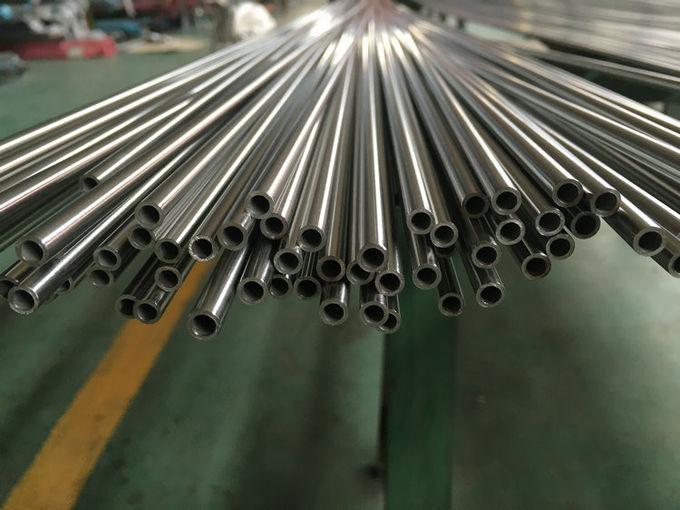In the intricate world of modern technology, few materials have wielded as much influence and versatility as Stainless Steel 304 Tubing. Renowned for its robustness, resilience, and adaptability, this alloy has permeated various technological spheres, becoming an indispensable element in driving innovation and progress.
Understanding Stainless Steel 304 Tubing
At its core lies Stainless Steel 304, an austenitic stainless steel alloy comprising a blend of chromium, nickel, and a pinch of carbon. This composition grants SS 304 Tubing an exceptional set of properties that have elevated its status in technological applications.
1. Corrosion Resistance
The innate ability of 304 Stainless Steel Tubing to resist corrosion makes it impervious to degradation caused by harsh environments, chemicals, and temperature fluctuations.
2. Strength and Durability
Famed for its robustness, this grade of stainless steel ensures structural integrity even under arduous conditions, ensuring longevity and reliability in technological systems.
3. Flexibility and Malleability
The adaptability of Stainless Steel 304 Tubing allows it to be shaped into diverse configurations, catering to the intricate needs of various technological applications.
4. Hygienic Characteristics
Industries prioritizing stringent hygiene standards, such as pharmaceuticals and food processing, benefit from Stainless Steel 304’s ability to maintain cleanliness and resist bacterial growth.
Applications Propelling Technological Frontiers
1. Industrial Machinery
Stainless Steel Tubing is the backbone of numerous industrial machinery components, providing resilience against wear, corrosion, and high-pressure environments, ensuring smooth operations in manufacturing settings.
2. Chemical Processing
Within chemical plants, where the handling of corrosive substances is routine, the tubing’s corrosion resistance and ability to endure high temperatures make it an indispensable asset.
3. Automotive Industry
From exhaust systems to structural components, the tubing’s capacity to endure heat, and corrosion, and maintain structural integrity plays a pivotal role in the automotive sector.
4. Medical Technology
In medical equipment and technology, Stainless Steel 304’s hygienic properties and compatibility with sterilization processes make it a preferred choice for crucial instruments and implants.
Advantages Driving Technological Innovation
- Reliability: The consistent performance and durability of Stainless Steel 304 Tubing ensure the seamless operation of critical technological systems.
- Adaptability: Its ease of customization caters to the intricate and specific needs of diverse technological applications.
- Safety Assurance: Resilience against corrosion and high temperatures guarantees the safety and integrity of vital technological components.
- Cost-Efficiency: Longevity and minimal maintenance translate to substantial cost savings across various industries.
Conclusion: The Indispensable Role of Stainless Steel 304 Tubing in Technology
Stainless Steel 304 Tubing stands as a testament to the symbiosis of durability, adaptability, and reliability within the technological landscape. Its pervasive presence across multifaceted technological applications underscores its pivotal role in driving innovation and progress.
As technology continues its relentless evolution, Stainless Steel 304 Tubing’s unparalleled properties will continue to solidify its critical position, shaping and fortifying advancements in diverse technological domains. Its unwavering ability to ensure efficiency, reliability, and durability signifies its irreplaceable status in the ongoing saga of technological innovation.



